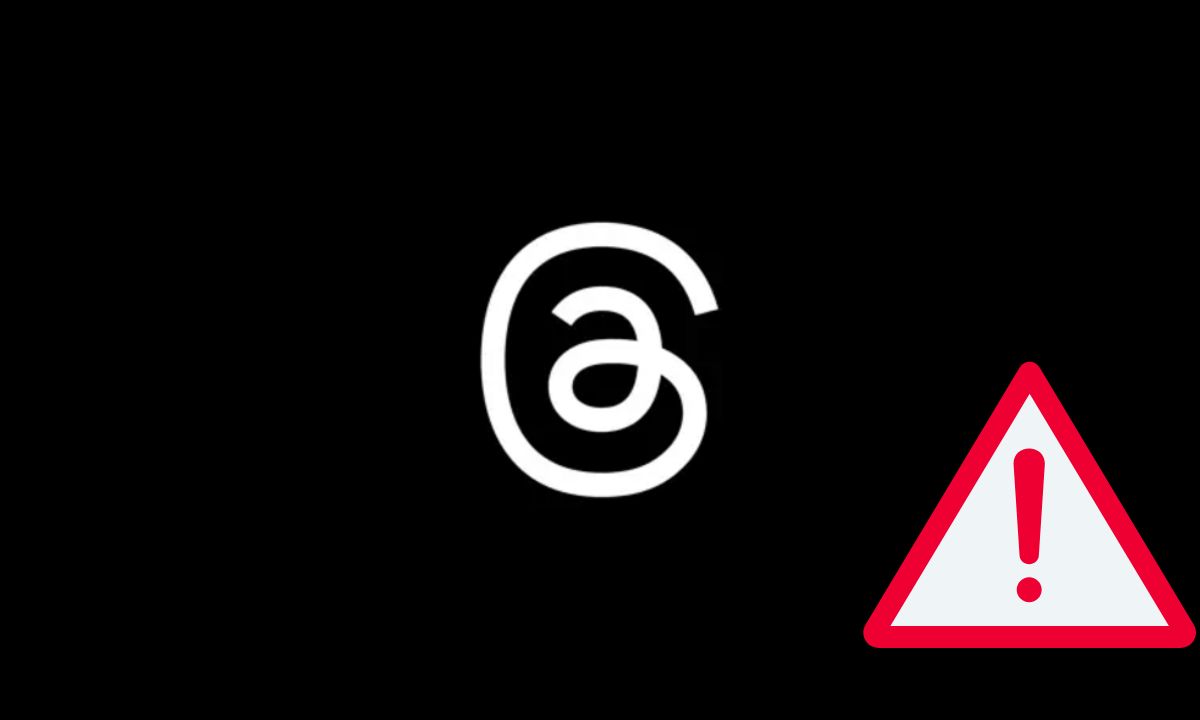Spotify has released its latest Loud & Clear report, shedding light on how much the streaming giant pays artists and the broader music industry. The company previously announced that it paid out $10 billion in royalties in 2024, but this new report provides a more detailed breakdown, aiming to counter criticism that artists aren’t fairly compensated.
A Changing Landscape for Artist Earnings
One of the key takeaways from the report is that, for the first time, an artist receiving one in every million streams on Spotify earned over $10,000 on average in 2024—a tenfold increase compared to a decade ago. The company points to this as evidence that payouts have improved significantly over time.
However, not everyone agrees. Recently, Grammy-nominated songwriters boycotted Spotify’s Songwriter of the Year party, protesting declining royalties. Critics argue that a policy change introduced by Spotify last year is expected to reduce songwriter earnings by around $150 million annually, according to Billboard estimates.
Adding to the controversy, a separate study by Duetti claims that Apple Music pays artists twice as much as Spotify. According to the report:
- Spotify pays artists $3 per 1,000 streams,
- Amazon Music pays $8.80,
- Apple Music pays $6.20, and
- YouTube Music pays $4.80 per 1,000 streams.
Spotify, however, has dismissed these claims, stating that “no streaming service pays per stream.”
How Spotify Distributes Royalties
Spotify’s report emphasizes that streaming platforms don’t operate on a fixed per-stream rate. Instead, revenue is distributed based on streamshare—meaning an artist’s earnings are proportional to their share of total streams.
“If an artist’s catalog accounts for 1% of total streams, they receive 1% of total royalties,” the report explains, clarifying that streaming services don’t pay artists directly but instead distribute payments to rights holders, including record labels and publishers.
Despite these clarifications, The Union of Musicians and Allied Workers (UMAW) argues that independent artists still struggle to earn a living. The group supports The Living Wage for Musicians Act, a bill introduced in the U.S. Congress to guarantee one cent per stream in royalties. UMAW claims that Spotify currently pays artists $0 directly and has urged reforms to ensure fairer compensation.
Spotify’s Positive Payout Trends
Despite ongoing criticism, Spotify’s report highlights several growth metrics:
- The number of artists earning royalties has tripled since 2017.
- More than 200 artists earned over $5 million from Spotify in 2024, compared to just one artist at that level a decade ago.
- The 10,000th-ranked artist on Spotify now earns $131,000 per year, nearly four times more than in 2014.
- The 100,000th-ranked artist saw earnings jump tenfold, from $600 in 2014 to nearly $6,000 in 2024.
- Nearly 1,500 artists made over $1 million in royalties from Spotify alone last year, with many of them recording music in over 50 languages.
Spotify also notes that 80% of artists earning over $1 million in 2024 never reached the Global Daily Top 50, proving that even non-mainstream musicians can generate significant income through the platform.
The Debate Continues
While Spotify’s report paints an optimistic picture, industry pushback remains strong. Independent artists and songwriters continue to demand higher streaming payouts, and comparisons with other platforms suggest Spotify still lags behind its competitors in per-stream compensation.
As debates over fair royalties continue, the Living Wage for Musicians Act could reshape the future of streaming economics. Whether Spotify adjusts its model or holds firm to its current payout structure remains to be seen.






